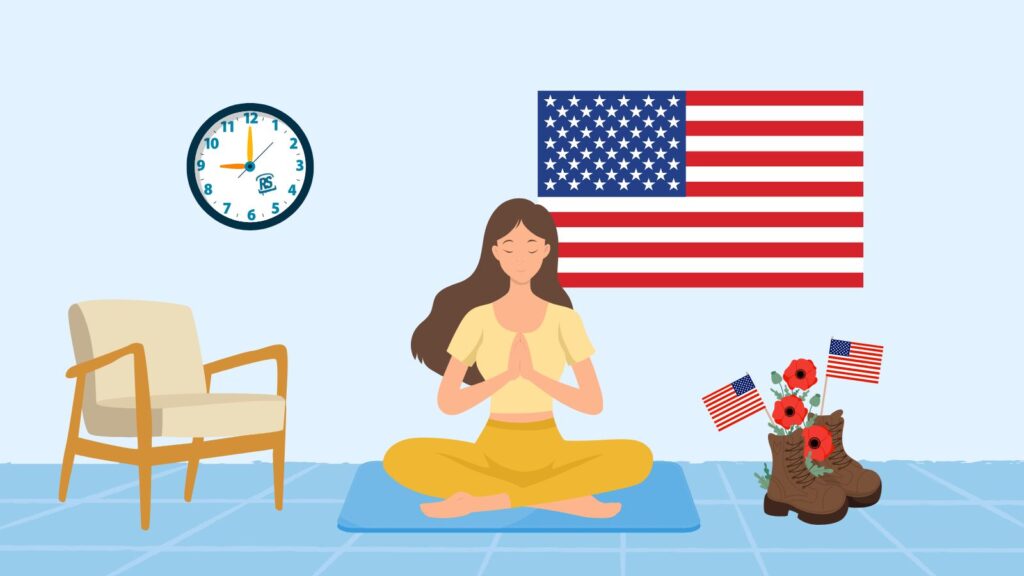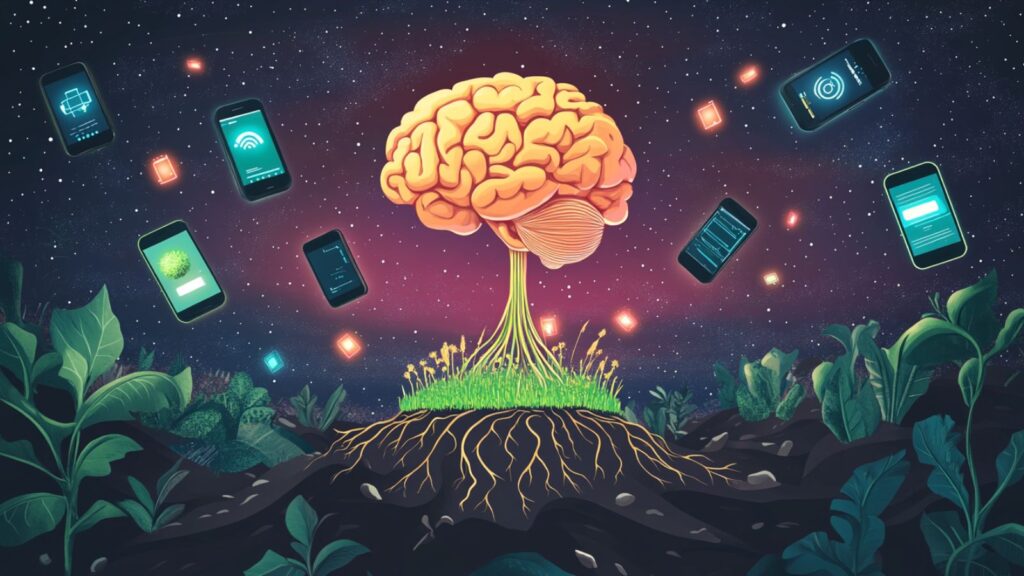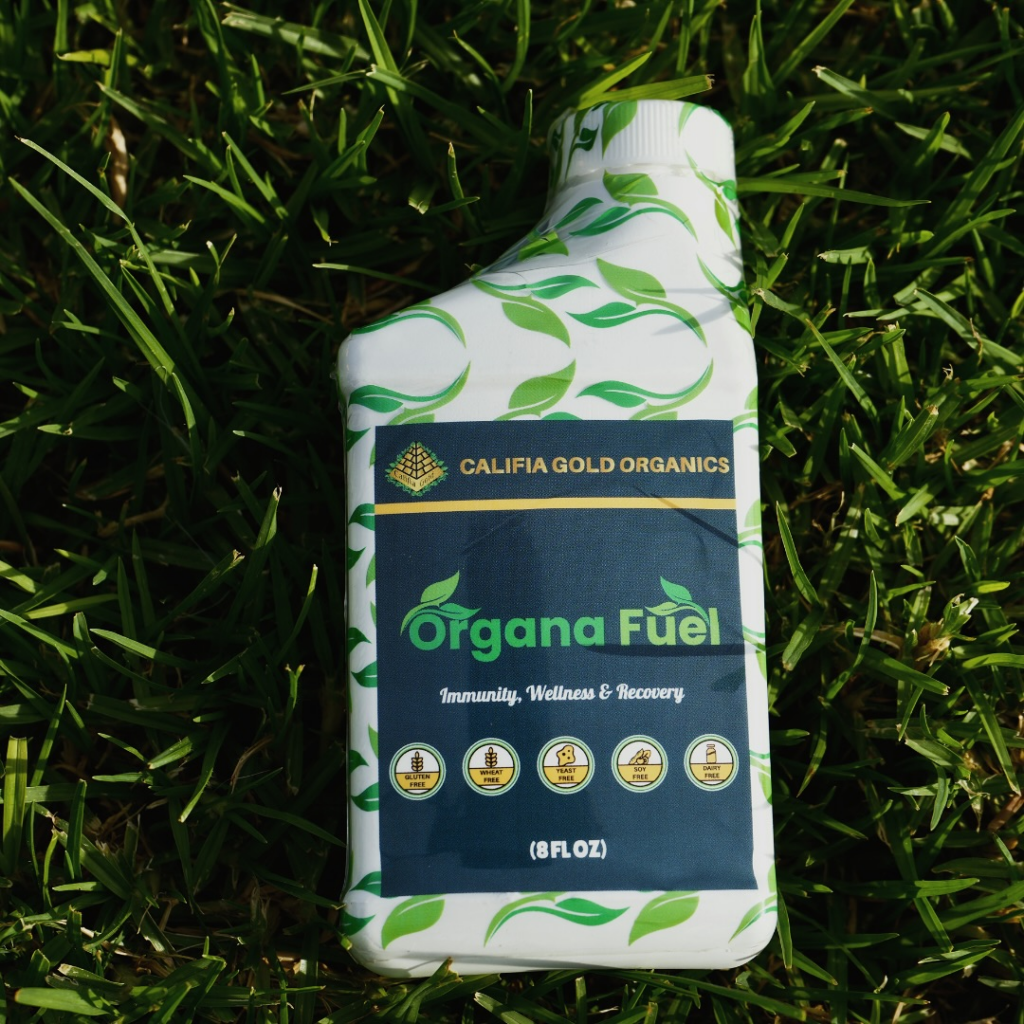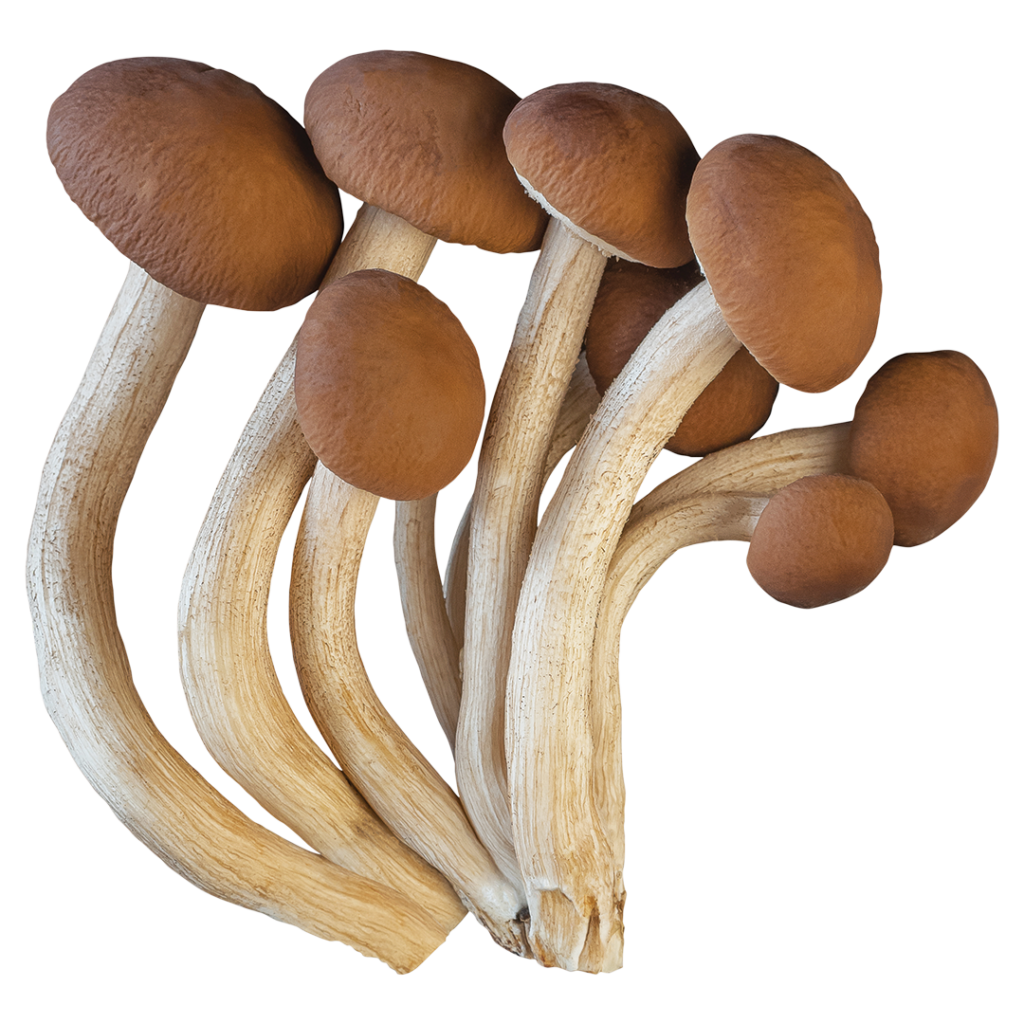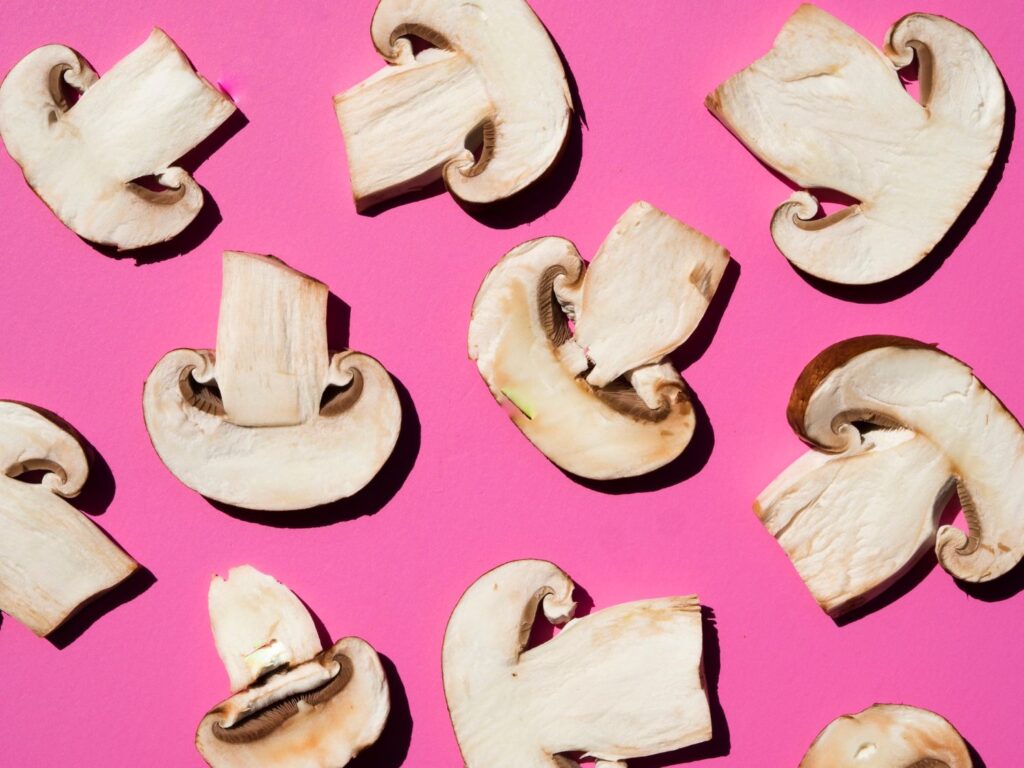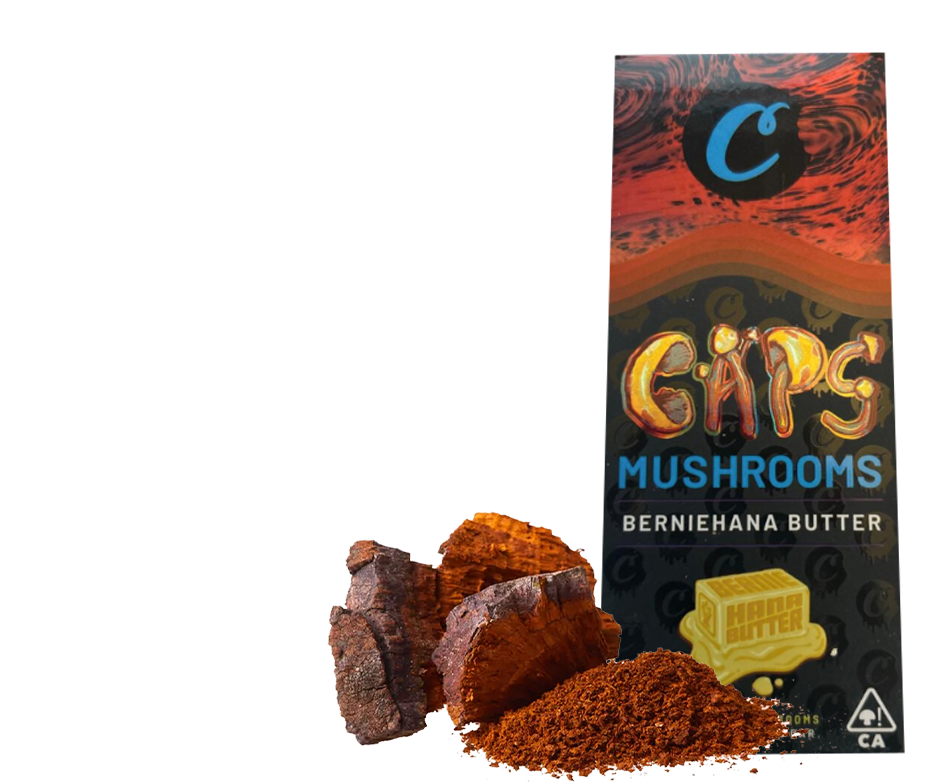This article is excerpted from The Psychedelic Explorer’s Guide, recently released by Inner Traditions.
The chemicals of transformation of revelation that open the circuits of light, vision, and communication, called by us mind-manifesting, were known to the American Indians as medicines: the means given to men to know and to heal, to see and to say the truth. — Henry Munn, Hallucinogens and Shamanism
For those of us involved with psychedelics, this is a time of unexpected changes, a time of tentative celebration. After decades of winter, the ice is thinning. The warming trends toward legalization; increased religious, medical, and psychotherapeutic use; scientific exploration; and cultural acceptance are encouraging.
After so many years, why now? Perhaps because the generation that suppressed research, criminalized personal use, and jailed users is passing from power. This next generation is better able to admit to the ineffectiveness of the legal clampdown and to temper it. It is much easier for those who never voted for the current laws to recognize that some, passed in haste and ignorance, are unworkable and counterproductive.
While the agenda of the research community has focused on a restoration of therapeutic use, the most striking changes have been in the legal status of private personal use. The community of nations seems to be shaking off the fear induced by the excesses of the sixties, the phobic response of the American government, and the pressure from the United States on other nations to follow its lead. Like wildflowers coming up through cracks in concrete, other countries are starting to set their own policies.
For example, Gilberto Gil, the culture minister of Brazil, spoke of the importance of Brazil’s efforts to recognize its culture through the national heritage program and characterized the ayahuasca churches as part of the “religious diversity that Brazilian democracy must respect.” This characterization of the sacramental use of ayahuasca as “religious” allowed Brazil to deftly sidestep its international treaty obligations to restrict drug use.
The Netherlands has long allowed some psychedelics to be quite easily available but has stopped short of formal legalization. Portugal decriminalized all drugs in 2001 and made it explicit that treatment would be available for any drug user needing it. The naysayers fretted that this would have terrible consequences, but results have been entirely beneficial: less addiction, less social disruption, less overall crime, less actual use, more treatment facilities, and huge savings in law enforcement. Mexico legalized small amounts of all previously illegal drugs in 2009. This was done, in part, to free up resources to try to eliminate criminal drug cartels. Since illegal addictive drugs, including cocaine, heroin, and their derivatives, are produced primarily for the U.S. market, the focus is on cross-border activities. The Czech Republic relaxed its laws to the point that many psychedelic plants may be owned or grown legally. It has also relaxed its penalties for possession of small amounts of manufactured substances like MDMA.
The basis for these reforms is the recognition of the following realities:
1. Psychedelics are not addictive. They never were.
2. Marijuana, unlike tobacco and alcohol, does not cause systemic medical syndromes. In the United States alone, tobacco–legal, addictive, and regulated–directly contributes to the deaths of four hundred thousand people a year, while marijuana–illegal, nonaddictive, and unregulated (and perhaps used by more Americans than still smoke cigarettes)–does not kill any-one.
3. Illegal drugs are crime and violence magnets. It was true when the United States prohibited alcohol in the 1920s; it is equally true of any other desired and prohibited substance. We forget the huge increase in drinking and crime that Prohibition brought on. Author Simon Louvish wrote, “Times Square–between 34th and 52nd streets–boasted 2,500 speakeasies, where before Prohibition there had been only 300 saloons. In the entire country, in 1925, there were estimated to be three million ‘booze joints,’ where ‘pre-Prohibition cafes numbered 177,000.’ In other words, a nation of moderate drinkers was turned into a nation of obsessive alcoholics, paying for criminals to build up an immense black market that would affect the nation’s economy for decades.”
If one removes criminal penalties for benign or at least nonaddictive drugs, personal use actually declines–at least in Holland and Portugal, the only two countries for which we have data. The other equivalent statistics that we have indicate that those states with medical marijuana laws have not seen a rise in total marijuana smoked, as had been forecast by those trying to stop those laws from going into effect.
A second group of countries have not changed their laws, but their courts have ruled that their constitutions affirm the right to private consciousness-changing activities. Brazil and Argentina’s highest courts have concluded that the state cannot deny people the right to personal use of any substances as long as such use does not lead to socially unacceptable or criminal behavior.
The third group of countries, still uncertain of what direction to take, includes the United States. In the United States, policies that lumped marijuana, psychedelics, and addictive drugs together led to a bulging jail population, the proliferation of highly profitable international criminal activities, the distortion of the national economy in countries producing illegal drugs for American consumption, and a growing disdain for the U.S. government’s failure to cope with the situation. These policies also cost billions of dollars annually. In spite of Washington’s reluctance to change, state after state has used its prerogative to allow people to use marijuana as a medication.
Until the Obama administration, the federal government did its best to subvert these laws and keep all marijuana users criminalized. An indication of the pent-up demand for legal medical use is that within a few weeks of the administration’s decision to stop federal blocking of medical marijuana use that had been approved under state laws, eight hundred marijuana dispensaries opened up in Los Angeles alone, outnumbering banks and public schools in the city. The trend toward legalization is accelerating as it becomes more and more self-evident that marijuana use does not lead to violence or to criminal behavior. That the last three presidents have smoked marijuana at one point in their lives has not been lost on reformers or the general public. Marijuana is not a psychedelic, but it is a consciousness-altering substance used traditionally for spiritual and therapeutic purposes. As its status changes, other consciousness-altering plants and substances are less likely to remain demonized.
In 2010, several states, notably California but Nevada and Florida as well, had drives to allow the right to vote on initiatives to decriminalize or legalize marijuana. The California drive succeeded and put “Proposition 19” on its ballot. In California, the primary argument is that marijuana production, although one of the state’s largest industries, is totally untaxed and that its interdiction is expensive and unsuccessful. The idea is to turn a sink-hole of wasted money into a source of revenue. The California ballot proposition makes possession of up to one ounce legal; it allows individual cultivation in a garden of no more than twenty-five square feet, forbids sales to minors, and forbids smoking in public. The specifics of regulation and taxation are left to local jurisdictions.
The proposition was defeated 54 percent to 46 percent. Medical marijuana initiatives in Oregon and South Dakota also lost. The loss, at least in California, was due solely to the demographics of the turnout. As was true nationally, a far smaller number of younger voters participated than in 2008. The older the voter, the less likely he or she was to vote for the proposition.
More directly pertaining to psychedelics and religious freedom, several court cases in other states have established that religious groups using ayahuasca as their central sacrament can practice their faith without fear of imprisonment. These cases are a major step toward the restoration of religious liberty regarding other psychedelics in other settings.
Even the nonsense of forbidding the cultivation of hemp as though it were marijuana (comparable to putting root beer in the same class as Coors) has been getting a fresh look. Imported hemp products, including those for human consumption, are again available. One state, Washington, following the example of Canada and a dozen other countries, allows hemp to be grown, harvested, and sold. There seems to be, if not an end to the lack of common sense in the regulatory establishment, at least some cracks in it.
Making marijuana legal and taxable would have greatly reduced the budgets and staff needs of the drug-enforcement establishment–and its clout. The pushback came from law-enforcement agencies, private prisons, and prison guard groups, whose profits or very existence depend on strict enforcement and long sentences (in addition, from alcohol and tobacco interests). Many police departments, for example, depend on the seizure of property and money from drug arrests as a major revenue source and will fight a loss to their incomes. For example, authorities in Los Angeles in 2008 seized assets valued at $7,709,355; in San Francisco, $938,012; and in Sacramento, $1,633,282.6
Only now, in the preliminary phase of liberalization, are we starting to have available evidence-based science about psychedelics. It would be unduly optimistic to expect evidence-based legislation to become widespread anytime soon, but more countries can be expected to relax some of their restrictions as the benefits of doing so become more widely apparent.
Entheogenic Use
Although legal restrictions put an end to conventional research, they did little to prevent the continued proliferation of psychedelics throughout the culture. It is difficult to say which of many cultural areas have been most affected by psychedelics. For example, Jack Kornfield, a noted Buddhist teacher, says, “It is true for the majority of American Buddhist teachers that they have had experience with psychedelics either right after they started their spiritual practice or prior to it.” This use, in fact, is not contrary to Buddhist vows. My own experience is that teachers in many other spiritual disciplines also began their spiritual journeys after important psychedelic experiences.
Since 2006 a team at Johns Hopkins University has been engaged in a series of studies to determine if psychedelics taken in a safe and sacred situation lead subjects to spiritual experiences. Hardly surprising, the answer has been yes. More important than the research itself was that it crossed a major barrier: the government allowed, for the first time, a research study that asked spiritual questions, not medical ones. Most telling was the amount of media attention given to the findings. More than three hundred publications took note of the results after their publication in a peer-reviewed academic journal. Surprisingly, a positive account even appeared in the Wall Street Journal. More instructive, in looking at trends, was a short article in the Scottish Sporting News. The headline read, “Shrooms Get You High.” The editors assumed that their subscribers knew the slang term for psychedelic mushrooms and that it would not require a lengthy article to say that science had discovered what their readers already knew.
Equally important, a host of websites now meet the need to have easy access to basic information for safe, sane psychedelic use. The foremost site is Erowid (www.erowid.org), which has reports and information, technical articles, interactive molecular dictionaries, visionary art, descriptions of dangers and contraindications, as well as thousands of personal reports on dozens of substances. The site averages sixty thousand visits a day, a figure that has grown every year since its inception. Browsing through the site makes it clear that while forty years of inadequate information may have worked against wise use, a widespread underground is thriving unimpeded.
Another recent phenomenon is the growing popularity of ayahuasca. While other psychedelics are often used recreationally, ayahuasca is almost always taken under the direction of experienced guides or shamans. In the sixties, a prototypical rite of passage was to visit India, study with a guru, and practice austerities in an ashram. Today’s psycho-explorers head for the South American rain forest to work with traditional healers and traditional plant medicines, of which ayahuasca is the best known. While the trips to India were mostly about personal self-realization, the intentions of those seeking today’s South American immersions almost always include healing (physical and mental), but the seekers are equally concerned with repairing the rift between humanity and the other biological kingdoms.
Two debates continue, holdovers from the wide-eyed sixties. One is about the validity of experiences induced by plants or chemicals versus experiences achieved by meditation, prayer, movement, or fasting. The argument smolders and flares up now and then but will never be settled. The other debate–between those who scorn synthetic psychedelics and those who don’t–goes on as well, with no hope of either side convincing the other. Gordon Wasson, who discovered psychedelic-mushroom use in the New World, was asked about the difference between the mushrooms and psilocybin, manufactured by Sandoz. He said, “I did not discover any difference. I think the people who discover a difference are looking for a difference and imagine they see a differ-ence.” What is important is the effect that taking the substance has on one’s life and well-being, not the subtleties of this or that product.
Medical and Psychotherapeutic Uses
Medical and psychotherapeutic psychedelic research is back! Though one researcher calls this time a golden age in psychedelic research, it would be more realistic to say that a tiny tip of the camel’s nose has been allowed into the tent. Outside the tent, a large community of researchers is eager to begin work delayed for decades. In 2006 and 2008, scientific conferences honoring the work of Albert Hofmann in synthesizing LSD and other psyche-delics brought more than two thousand people from thirty-seven countries to Basel, Switzerland. Two hundred journalists from all over the world covered those presentations. More recently, the Psychedelic Science in the 21st Century conference, held in San Jose, California, in April 2010, sold out at twelve hundred participants and was widely and favorably reported in the media. These are remarkable turnouts for gatherings about substances that have been illegal for so long.
While some current research is a repeat of work done before everything closed down, new areas of research reveal how psychedelics help alleviate medical conditions that have not been amenable to conventional treatment. It is important to note that there has been no outcry to stop the work. By taking on more difficult syndromes, the researchers have skirted such opposition, and, in fact, have been well supported by their medical colleagues.
One example is work being done with cluster headaches. The healing effects of LSD for this condition were first claimed by illegal users, whose communications with one another became public, and they are now being evaluated in a study conducted at Harvard. It remains to be seen if what is already fairly well proved can make it through the double-blind pharmaceutical hurdle to peer-reviewed publication and, more important, can become available, not only for research but also for use in normal clinical practice.
Another successful study used psilocybin with late-stage cancer patients who had high levels of anxiety. Results show that a single session in a safe and supportive setting, allowing the sacred to be experienced should it occur, benefits the patient and the patient’s family. Within two days of the release of the results, which were published in a major journal, there were over four hundred media mentions. What was striking about the coverage was that, as in the earlier Johns Hopkins study, the stories reported not only the findings but also that the study affirmed what was already known. It is not unreasonable to assume that the extensive press coverage was due in part to the fact that many journalists and media editors these days have tried psychedelics while in college and thus are more open to positive reporting of even the smallest new study.
A more controversial treatment, once allowed inside the United States but now pushed out to other countries, uses iboga, an African psychedelic plant, to break the cycle of heroin addiction. Given the poor track record of conventional treatments and the high cost of addiction, untreated as well as treated, this area should be getting more attention and support in the future. In fact, several recovered addicts found it to be so valuable that they now treat their brethren illegally in inner-city environments without medical support.
What is yet to resume is research on psychedelic therapy to overcome alcohol addiction, which was far and away the most fully researched, tested, and proven therapy from before the psychedelic prohibition era. Nothing has been written about it since then, not even in underground circles. It is, for now, a large missing piece of the current medical research renaissance.
A number of other countries, including Germany, Switzerland, Jordan, and Israel, are allowing or supporting psychedelic projects, primarily with MDMA, to help people overcome chronically debilitating effects of post-traumatic stress disorder (PTSD). With hundreds of thousands of veterans returning home from the wars in Iraq and Afghanistan with PTSD, demand for a treatment with a higher improvement rate than the present therapy is intensifying. That Vietnam veterans, decades after that conflict, are still in treatment makes it all the more likely that eventually MDMA-based therapy programs will be offered to veterans.
The first research study of veterans with PTSD to be given MDMA-based therapy was approved in 2010. Perhaps, as with cluster headaches, the first reports will be from veterans who are self-medicating and helping one another, as is already happening with marijuana. However, as long as the U.S. Department of Veterans Affairs’ hospital system remains underfunded, understaffed, and overcrowded, it will be unlikely to institute new treatment pro-tocols soon.
Extensive illegal use of psychedelics for self-exploration, with and without trained guides, will continue. A survey of college students found that the most cited reason for taking psychedelics was self-exploration, not spiritual or recreational use. Just as the acceptance of medical marijuana has spawned the “dispensary,” where patients can buy their medications, so can we expect the emergence of clinics and institutions specializing in psychotherapeutic treatment with different kinds of psychedelics.*
Creativity and Problem Solving
The term psychedelic is already in popular use to describe a certain kind of music and visual art. It carries no stigma for an artist to avow that psychedelics influenced the creation of a song, a painting, or a dramatic production. Their use is widely accepted in the technical world as well, even though there is, as yet, hardly any discussion about it.
During the “dot-com” revolution, companies were formed by people young enough to have grown up with psychedelics readily available. Drug use for them was casual and frequent. That two Nobel Prize laureates acknowledged the impact of psychedelics on their scientific breakthroughs suggests that there has been far more use of these substances in the scientific community than is reported.
Paralleling the thousands of people who attended the scientific conferences in Basel and San Jose are the much larger groups that flock to the yearly Boom Festival in Portugal and the Burning Man Festival held in the Black Rock Desert in Nevada. While not all of the fifty thousand people who attend Burning Man each year have taken psychedelics, the vast majority of attendees have.
On YouTube, over one million people have viewed individual factual and conceptual videos on psychedelics. In 2009, National Geographic Television was able to sell advertising space for a full evening of programming about “drugs.” The evening began with an hour about methamphetamine. A second hour toured the world of marijuana planting, growing, selling, and use. The final hour was on contemporary psychedelic use, primarily biomedical and therapeutic studies, but it included urban drug dealing and the use of psychedelics by artists to improve and expand their skills. Such programs indicate how far we have come since nonsense like Reefer Madness was touted as “informational.”
Conclusions
The overall trend is toward greater openness and greater availability of information. Trained guides for spiritual and scientific sessions are still hard to come by, but cultural and market forces are favorable for institutions to be created for such instruction. In fact, over one hundred not-yet-legal guides and those working in approved research studies met together–unofficially–at the San Jose conference. They agreed to pool information and approved the establishment of a wiki site, www
.entheoguide.net/wiki, to be administered by the Guild of Guides. The first two chapters of this book and the checklist (chapter 19) are already part of that website. The guild is planning to have its first national conference in 2011.
Both the overview in this chapter and this whole book support the optimistic hope that the proper uses of these remarkable substances will not be overwhelmed by trivial popularization, as was the case when psychedelics were made illegal. The counterforces to wider acceptance include the usual suspects: stupidity, fear, greed, self-interest, and inertia. The law enforcement-prison establishment employed to enforce drug laws are already becoming active. In California, the prison guard unions donate heavily to political campaigns and will undoubtedly spend a great deal of money, time, and energy fighting any marijuana initiative. Some members of organized religions will also be among the opposition. In almost every religious institution, there are those who act as intermediaries between the faithful and the Divine. Psychedelic experiences that offer the possibility of direct contact, bypassing this establishment, have been seen as a threat in the past and may be so today. Other money to oppose the initiative has come from liquor and tobacco interests, perhaps concerned with a potential competitor for recreational use.
Additional opposition may come from the international banking system. If this sounds unlikely, it is only because most of us are unaware of the value of illegal drug sales. A United Nations study of the world financial meltdown of 2008 and 2009 concluded that one of the few continuing sources of liquidity was the $232 billion (that’s the real number) of estimated drug profits during that period. The majority of these profits were from drugs such as heroin and cocaine, but keeping the laws muddy and confusing serves these interests better than laws focused solely on addictive drugs.
As favorable as these trends may be (and whatever else you read in this book that you feel good about or are surprised by or want to share with someone), what matters most is how your understanding of yourself and your place in the natural order has been made clearer or richer or of more value because of your actual or anticipated psychedelic-supported experiences. If the resultant insights are not integrated into your life, they can be trivialized, ignored, or even “pathologized.” Huston Smith, probably the world’s foremost scholar of religion, says the question is not “Do these substances support religious experience?” but “Does their use lead to a religious life?” Psychedelic researcher and Buddhist practitioner Rick Strassman says, “‘Spiritual experience’ alone, even repeated, is not the basis for becoming a better person. Rather, psychedelic insights tempered and put into practice, using ethical and moral considerations, appear to be the best way to harness the power of psychedelic drugs.”
This round of prohibition of highly desired substances is starting to wind down. Like the first attempt with alcohol, it has been a failure along every dimension that can be measured. These words by Albert Einstein, speaking of the first prohibition, sadly are just as valid today: “The prestige of government has undoubtedly been lowered considerably by the Prohibition law. For nothing is more destructive of respect for the government and the law of the land than passing laws which cannot be enforced. It is an open secret that the dangerous increase of crime in this country is closely connected with this.” In many cultures, psychedelic explorers are called upon to find something of use to their society, such as learning about the healing properties of a plant, bringing back a healing song, or recovering a nugget of wisdom to help people live in greater harmony with themselves and with the natural world. That psychedelics make such experiences more easily available does not lessen this responsibility.
The question posed by the poet Mary Oliver, “What is it you plan to do with your one wild and precious life?” is one that psychedelics impel you to take seriously.


